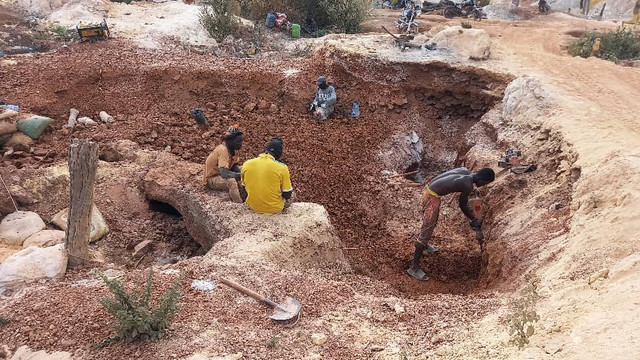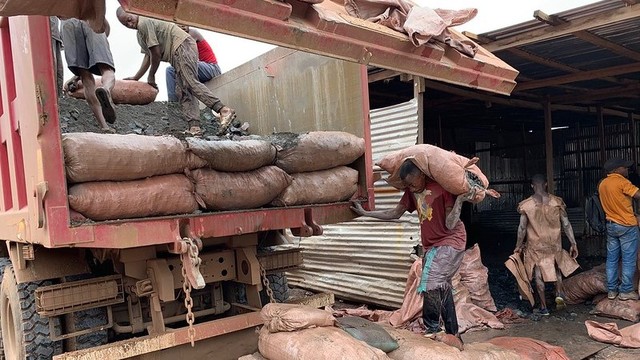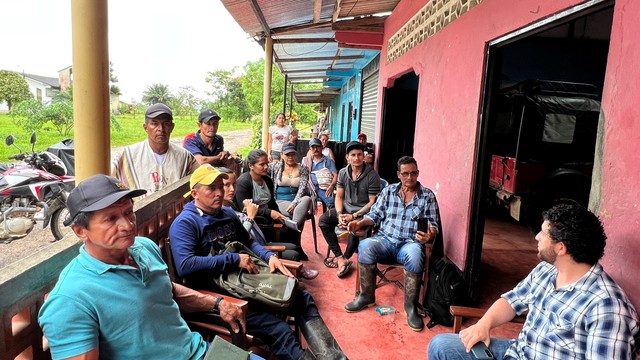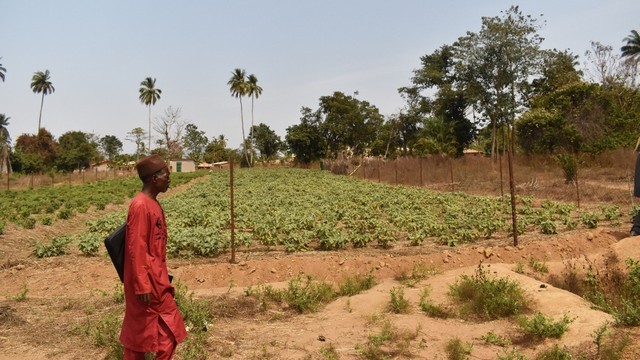Six steps forward for African mining
Reflecting on common themes emerging from Cape Town's Mining Indaba and the Alternative Mining Indaba 'counter-summit', Fitsum Weldegiorgis sets out six ways to keep momentum going, for driving a profitable African mining sector that also delivers for its people.


Paul is a gold prospector in Tamiougou, Burkina Faso. Prospectors spend 12 hours underground, digging out ore that is then crushed and washed to find gold (Photo: Ollivier Girard/CIFOR)
The Investing in African Mining Indaba provides an annual match-making platform for investors, financiers, governments and the world's largest mining houses. Commonly known as the Mining Indaba, the conference leads to billions of dollars' worth of investment in Africa's resource-rich mining industry.
In the same week, the Alternative Mining Indaba (AMI) creates a space to address issues that the Mining Indaba has, in the past, repeatedly ignored – the struggles of poor communities affected by mining activities, environmental damage and the lack of effort to make mining operations sustainable.
The two events running in parallel highlight the industry's 'great divide': sharp-suited deal-makers on one side of the city, marginalised mining communities on the other.
But this year, themes common to both events indicate there are areas where the profit-driven and the people-centred are starting to converge.
A shift towards sustainable mining?
For the first time, the Mining Indaba agenda included a 'Sustainable Development Day' when AMI participants, including civil society organisations and mining communities, were invited to discuss how to make mining a catalyst for socio-economic development.
But held on the conference's last day, most major investors and government representatives – whose support is critical if we are to see real change in the sustainability of mining operations − had already left. Meanwhile, the poorly organised sessions did not allow for meaningful, interactive debate.
Creating a space for sustainable mining was a welcome addition to the Mining Indaba. But more work is needed. Next year's event should include more sessions that address the concerns of mining communities, and sustainable development should be better integrated into the programme – rather than tagged on the end.
There should also be much stronger participation from mining investors and governments, with dedicated space carved out for interaction with AMI participants.
Artisanal and small-scale mining: moving up the agenda
Since its conception eight years ago, AMI has been a forum to amplify the voices of mining communities and those involved in artisanal and small-scale mining (ASM). But this year, more ASM sessions at the Mining Indaba indicate that governments and large-scale mining (LSM) companies are starting to recognise ASM's economic importance, its potential to reduce poverty, and to create sustainable livelihoods.
But for the sector's potential to be truly understood and realised, it must be relayed by those at the centre of ASM that are championing its progress – and who were missing from the Mining Indaba: individual miners, cooperatives, small-business owners, and those from large-scale mining (LSM) and government who are staring to build bridges at the ASM interface.
Africa Mining Vision – green shoots of national progress
Given its goal to position mining as a way to tackle the continent's poverty and underdevelopment, it was fitting that the African Mining Vision (AMV) policy framework was AMI's main theme this year.
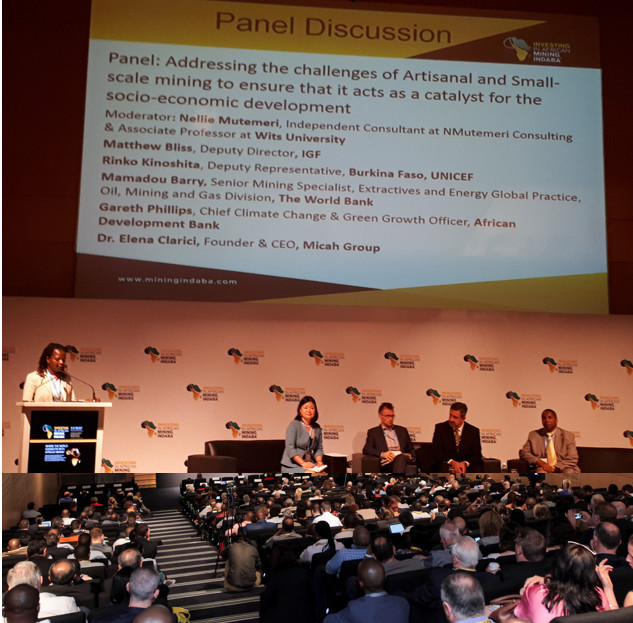 But a high-profile panel at the Mining Indaba also explored how AMV is progressing at country level, hearing how Ghana and Tanzania are making inroads as they integrate mining with their national development plans. It needs to be recognised that AMV success hinges on private sector buy-in. While these two cases show some headway at country level, private capital continues to be a missing link across the continent.
But a high-profile panel at the Mining Indaba also explored how AMV is progressing at country level, hearing how Ghana and Tanzania are making inroads as they integrate mining with their national development plans. It needs to be recognised that AMV success hinges on private sector buy-in. While these two cases show some headway at country level, private capital continues to be a missing link across the continent.
(Local) content is king
The Mining Indaba and AMI both agreed that African countries are not benefiting sufficiently from foreign investment into the sector - tinkering with tax laws to generate revenue is not working.
So governments are encouraged to explore potential profit from 'local content'. This has two elements: firstly developing local manufacturing where mined materials are processed in country, thereby avoiding lost revenue from exporting raw materials; secondly, building local businesses to supply goods and services (e.g. equipment, catering) to the mining sector – creating jobs, income and developing skills.
Promoting local content requires commitment from government and mining companies. This should be demonstrated by specific local content policies that are integrated into national mining laws.
Regulatory framework: consistency needed
Both the Mining Indaba and AMI flagged weak regulatory frameworks that are often subject to reviews when commodity prices fluctuate.
But these reviews have often backfired, creating uncertainties among foreign investors. And up against fierce competition from mining-rich developed countries, Africa continues to lose out.
Regulatory frameworks need to be consistent, competitive and target local content.
Driving dialogue and pushing partnerships
Despite the challenges in bringing together various stakeholders with different agendas – policymakers, LSM and ASM representatives, mining-affected communities, investors, civil society and donors − the Mining Indaba and AMI both indicated a growing need for multi-stakeholder dialogue.
But these dialogues must drive an ongoing process rather than create one-off 'talk shops'. IIED, along with local partners, facilitates process-based, inclusive and solution-focused multi-stakeholder dialogues to help deliver a more inclusive, accountable and sustainable mining sector.
While the gulf between these two annual events is vast, these common themes suggest there is appetite from both sides to take such crucial issues forward. There's much work to do but signs of shared understanding on key areas are a shaft of light for the mining sector.
Fitsum Weldegiorgis (fitsum.weldegiorgis@iied.org) is senior researcher in IIED's Shaping Sustainable Markets research group.
